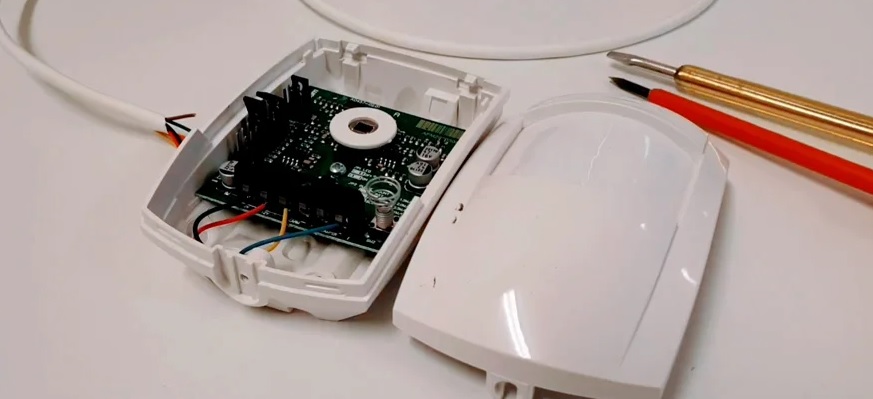Dual tech alarm sensors are less prone to false alarms than standard sensors; this post explains how a dual tech sensor works. Detectors using two volumetric detecting technologies have evolved during the last few years. PIR with microwave or PIR with ultrasonic sensors is commonly used in these detectors. In the late 1970s and early 1980s, there was a shift away from the microwave and ultrasonic systems to PIR detectors. While there was a significant decrease in false alarms, they were far from eradicated. Many sensors had ‘noise’ issues, which meant they might occasionally emit electrical signals large enough to set off an alarm.
Cube Training provides hands-on and online alarm installation courses accredited by the NCFE, the UK’s top and Ofqual approved governing body. We provide free career support, such as CV preparation, job search strategies, and interview tactics.
Other sensors had significantly mismatched parts, causing false alarms due to air draughts or temperature variations. Electronic processing circuits were often simplistic at the time, consisting of a simple level detector with no pulse counting or additional signal processing circuits.
Although PIR detectors had a lower false alarm rate than a microwave or ultrasonic detectors, a growing number of them were being installed, causing the overall false alarm rate to become a severe environmental and economic problem.
With this background, combined technology alarm detectors, with their near-zero false alarm rates, began to be adopted by installers who were willing to pay a higher initial price for the detector in exchange for lower long-term servicing call-out expenses.
The false alarm rate of today’s PIR detectors with advanced signal processing is quite low, thus there’s no compelling reason to use dual technology devices, at least in short-range (12-meter) applications. However, their application in the protection of large-volume premises where PIR alone would not provide sufficient coverage or security is a critical demand.
Dual technology detectors are currently not substantially less expensive than two independent detectors.
Recommendation:
Future dual-tech alarm detectors may only be slightly more expensive than standard PIR detectors, owing to the increased usage of modern circuit techniques and corresponding Tower costs, resulting in a substantial shift to dual-tech detectors, even in small domestic and commercial installations.
Pyronix Dual-tech detectors KX10DTP-WE are ideal for indoor applications since they contain both a passive infrared (PIR) and a microwave sensor in one housing. As both sensors must be activated simultaneously to generate an alarm condition, Pyronix Dual-tech detectors KX10DTP-WE are ideal for indoor applications.
Learn more about intruder alarm installation with a Cube accredited NCFE level 3 qualification. Our 3-day hands-on Alarm Installation courses are great for anyone who wants to learn how to install, test, commission, hand over and maintain an alarm system in a home or business. Click here to contact us today!


